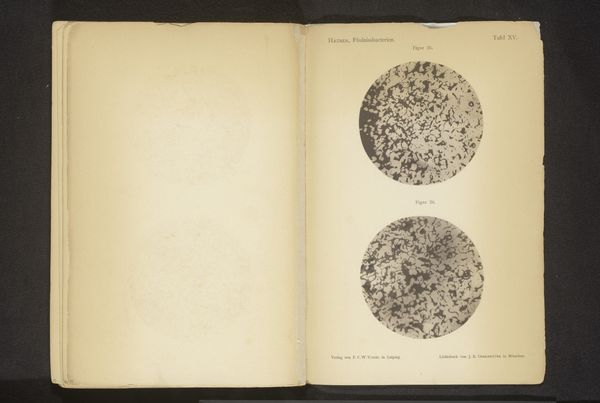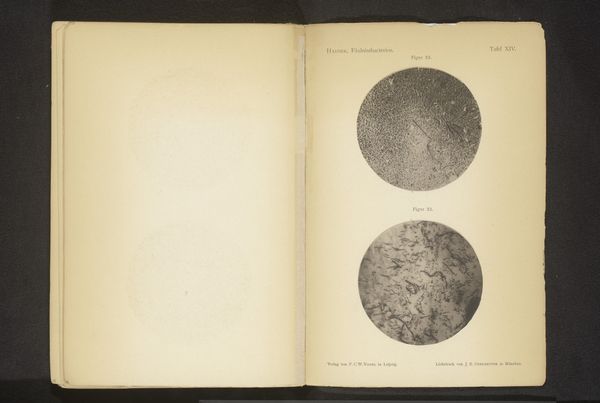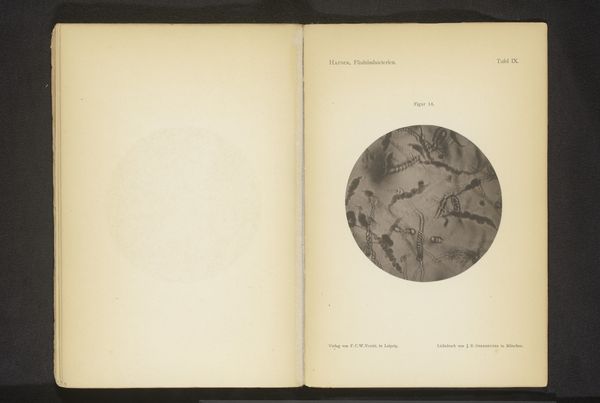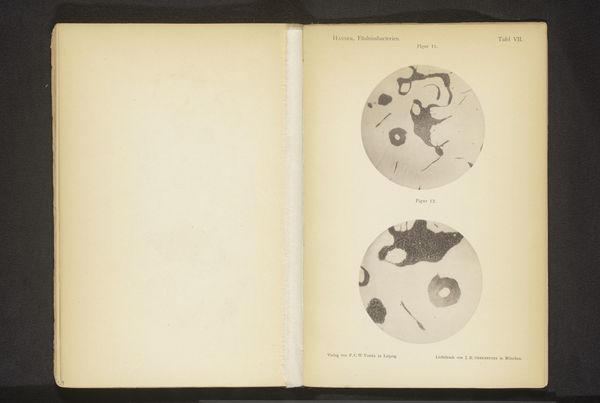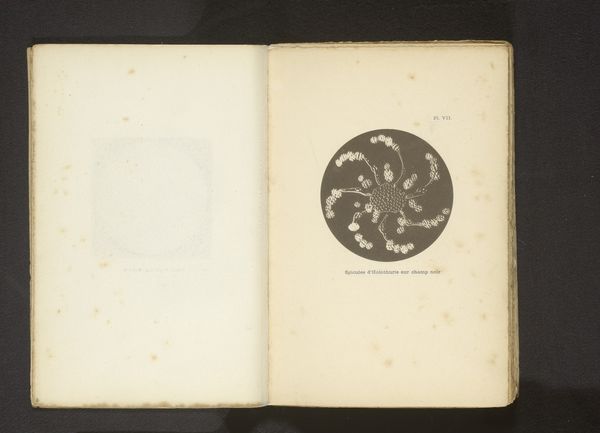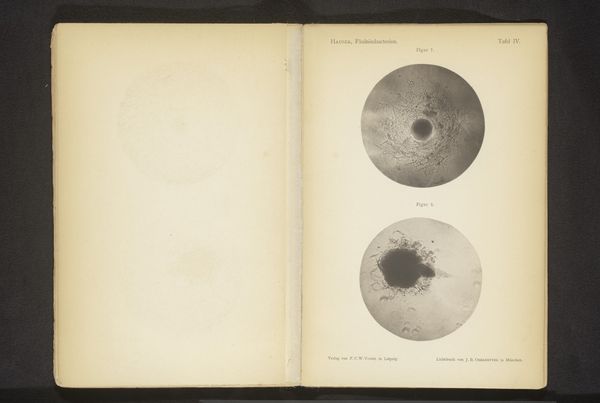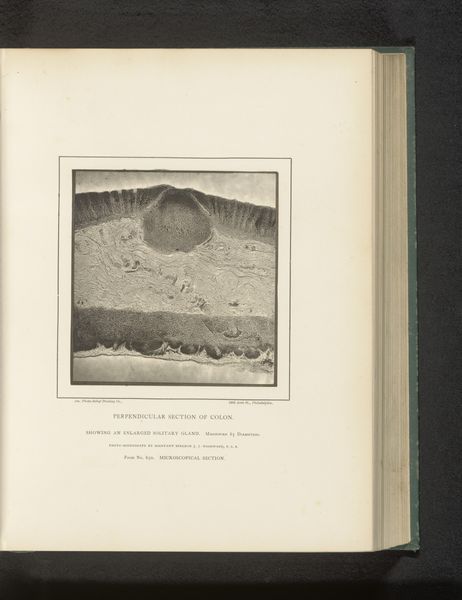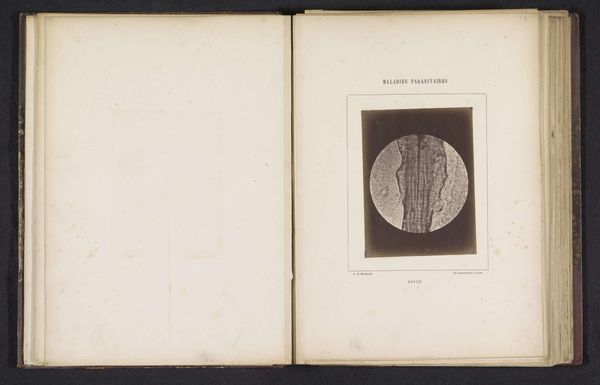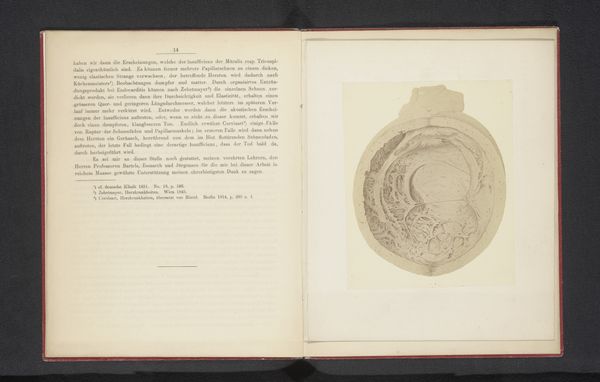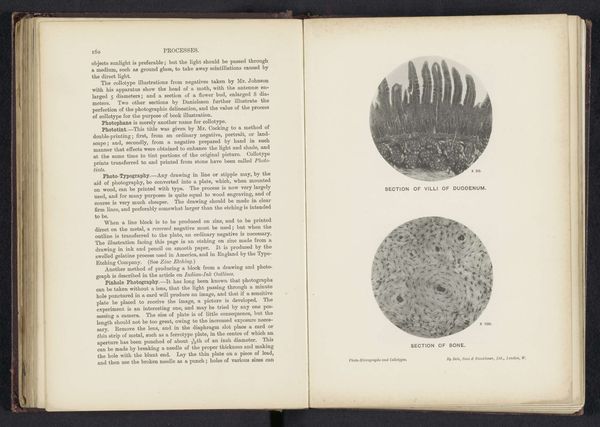
lithograph, print, relief
#
lithograph
# print
#
relief
#
geometric
#
ancient-mediterranean
Dimensions: height 256 mm, width 189 mm
Copyright: Rijks Museum: Open Domain
This is a print made by William H. Griggs, showing four relief sculptures. We can tell from the inscription that these sculptures come from Amaravati. This was a significant early Buddhist site in what is now Andhra Pradesh, in the south-east of India. Griggs was a British photographic printer operating in the 19th century. He was commissioned by the British Government to make prints of important archaeological discoveries. These prints were then circulated in publications for scholars and the interested public. This tells us a lot about the institutional context in which this image was produced. In the 19th century, the British Empire was expanding its reach in India, and the study of Indian history and culture was seen as a way to legitimize colonial rule. By documenting and classifying these sculptures, Griggs and his contemporaries were participating in a broader project of knowledge production that served the interests of the British Empire. Historians can learn more about the role of images in the British Empire by consulting archives and libraries.
Comments
No comments
Be the first to comment and join the conversation on the ultimate creative platform.


